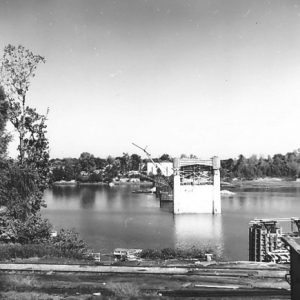 I-30 Bridge Construction
I-30 Bridge Construction
Entry Category: Land
 I-30 Bridge Construction
I-30 Bridge Construction
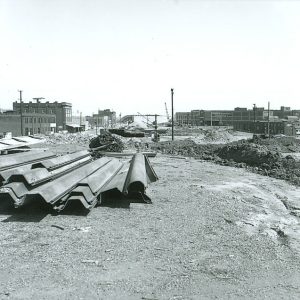 I-30 Construction
I-30 Construction
 I-30 Elevated Portion
I-30 Elevated Portion
 I-40 Dedication
I-40 Dedication
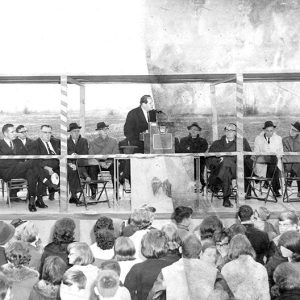 I-40 Dedication
I-40 Dedication
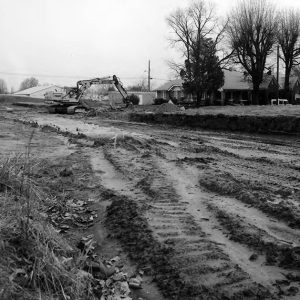 I-630 Construction
I-630 Construction
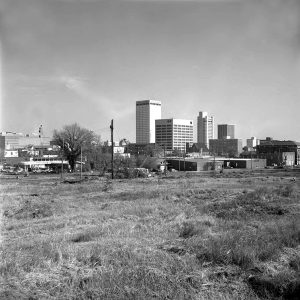 I-630 Construction
I-630 Construction
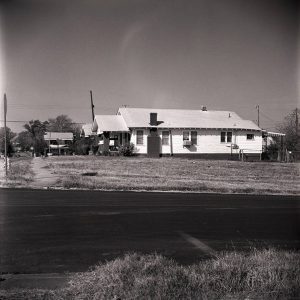 I-630 Controversy
I-630 Controversy
IC Corporation
aka: Ward Transportation Services, Inc.
Interstate 40
Interstate 49
Interstate 630
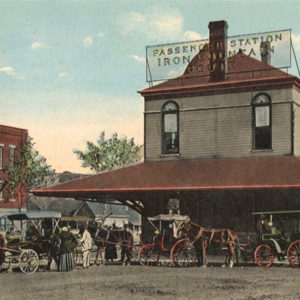 Iron Mountain Depot
Iron Mountain Depot
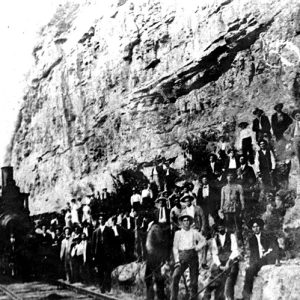 Iron Mountain Railway Crew
Iron Mountain Railway Crew
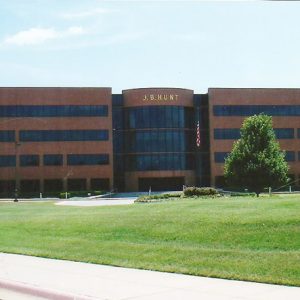 J. B. Hunt HQ
J. B. Hunt HQ
J. B. Hunt Transport Services, Inc.
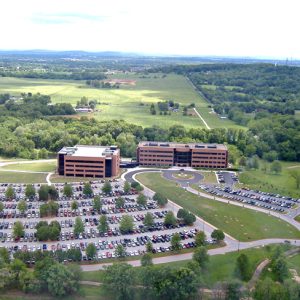 J. B. Hunt, Aerial View
J. B. Hunt, Aerial View
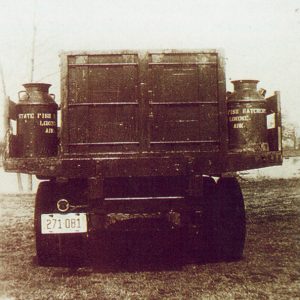 Joe Hogan Fish Hatchery Truck
Joe Hogan Fish Hatchery Truck
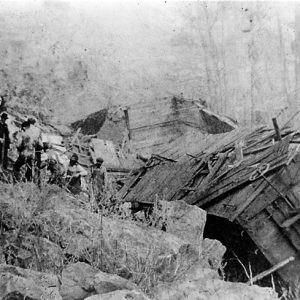 Johnson Train Wreck
Johnson Train Wreck
Jones Truck Lines
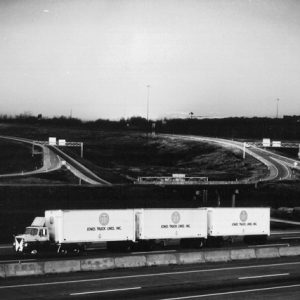 Jones Truck Lines
Jones Truck Lines
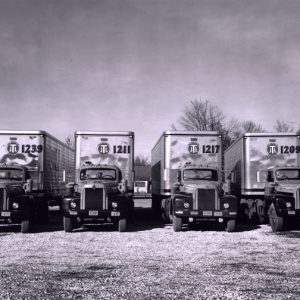 Jones Truck Lines
Jones Truck Lines
Jones, Harvey
 Harvey Jones
Harvey Jones
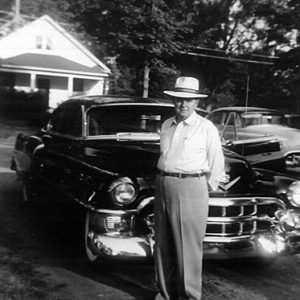 Harvey Jones
Harvey Jones
 Wiley Jones's Streetcar Stables
Wiley Jones's Streetcar Stables
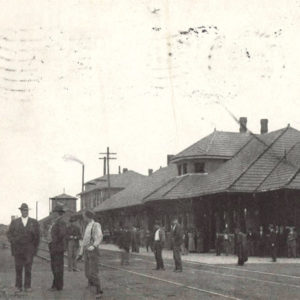 Jonesboro Union Station
Jonesboro Union Station
Jonesboro, Lake City and Eastern Railroad
 Junction Bridge
Junction Bridge
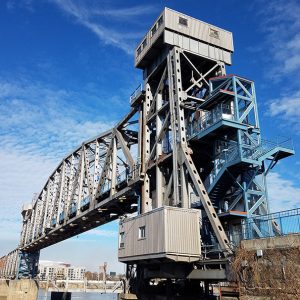 Junction Bridge
Junction Bridge
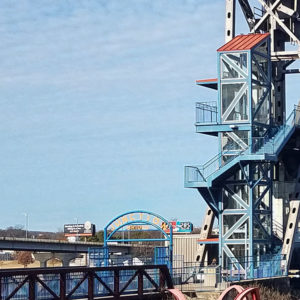 Junction Bridge Entrance
Junction Bridge Entrance
Kansas City and Memphis Railway
Kansas City Southern Railway
aka: Canadian Pacific Kansas City Limited
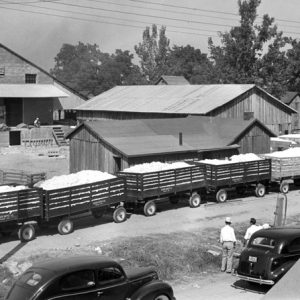 Kaiser Gin
Kaiser Gin
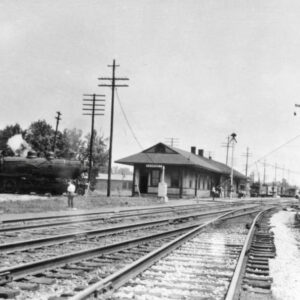 Kensett Depot
Kensett Depot
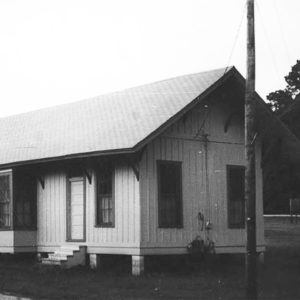 Kingsland Depot
Kingsland Depot
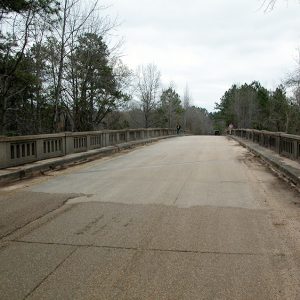 Kingsland Segment Overpass
Kingsland Segment Overpass
 Lake City Bridge
Lake City Bridge
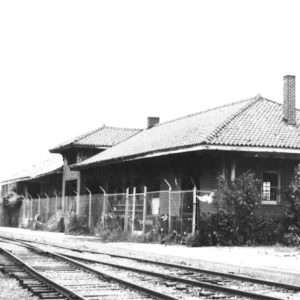 Lake Village Depot
Lake Village Depot
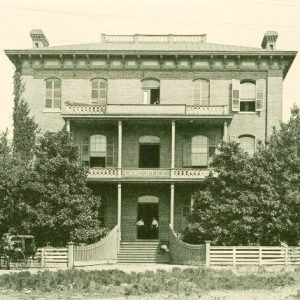 Land Office
Land Office
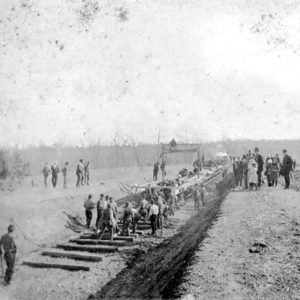 Laying Track in Carroll County
Laying Track in Carroll County
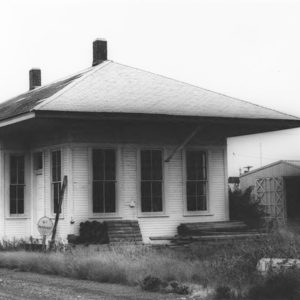 Leachville Depot
Leachville Depot
 Lewisville Speeder
Lewisville Speeder
Lincoln Avenue Viaduct
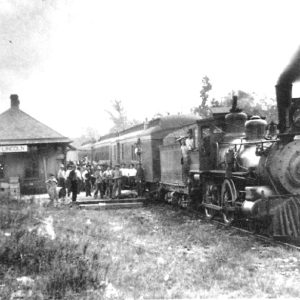 Lincoln Train Depot
Lincoln Train Depot
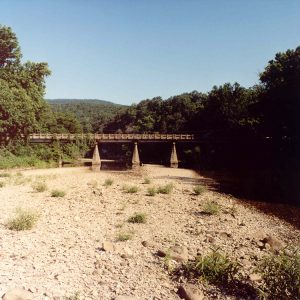 Little Buffalo River Bridge
Little Buffalo River Bridge
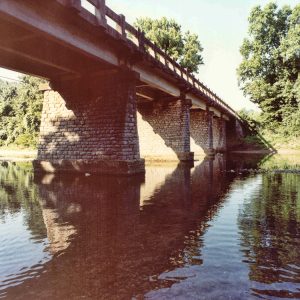 Little Buffalo River Bridge
Little Buffalo River Bridge
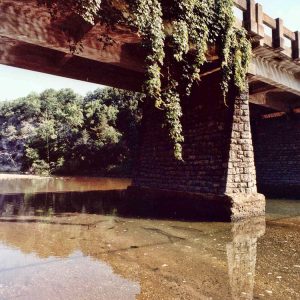 Little Buffalo River Bridge
Little Buffalo River Bridge
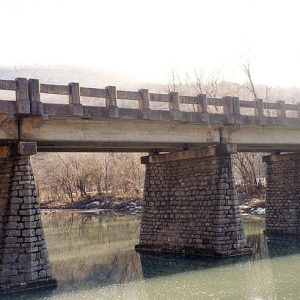 Little Buffalo River Bridge
Little Buffalo River Bridge




